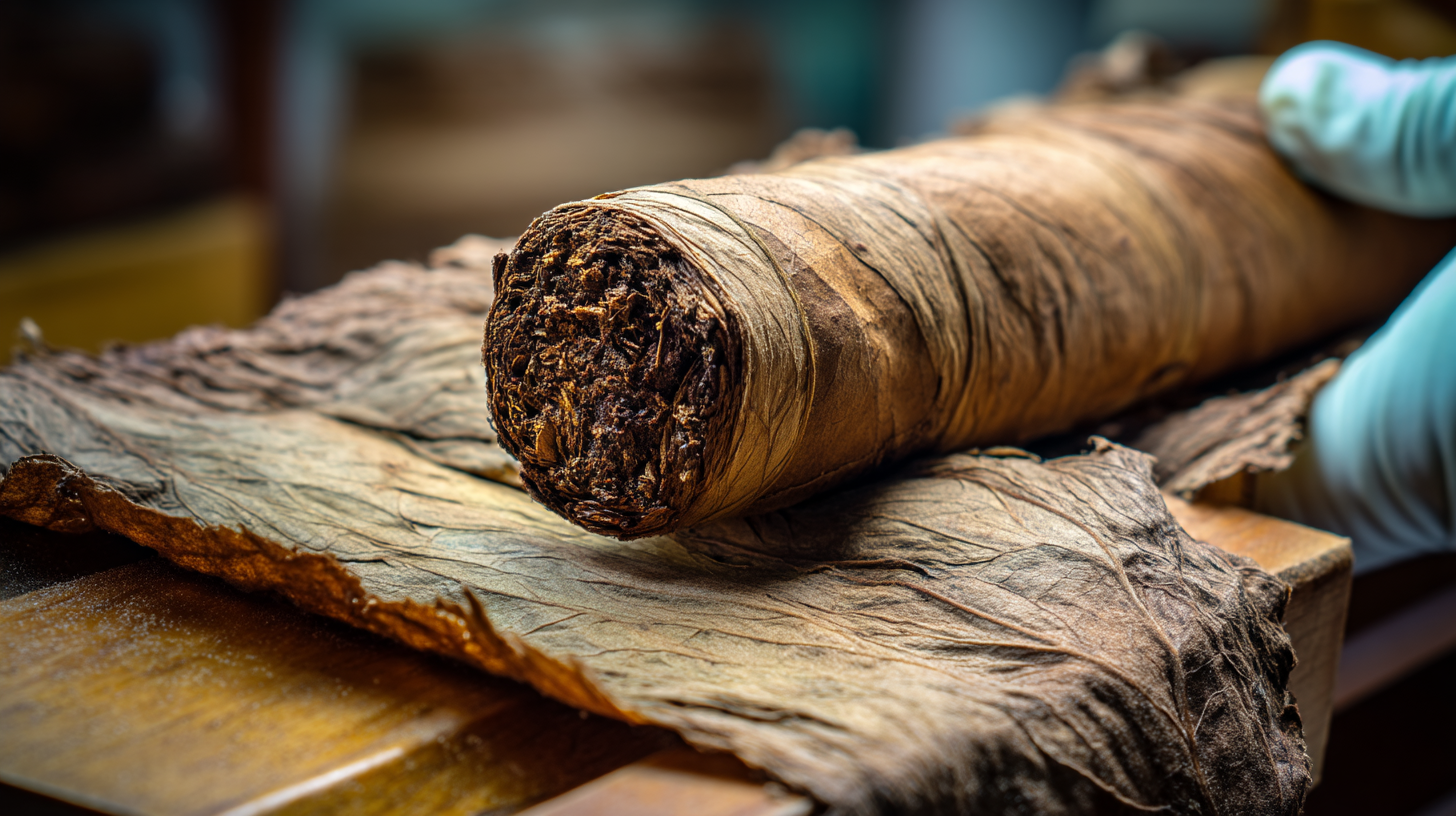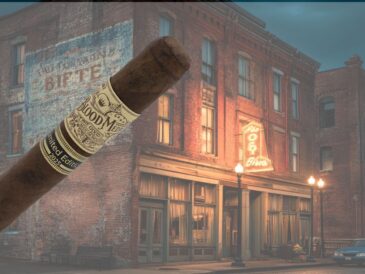Definition
The binder is the middle layer of a cigar’s construction — the leaf that holds the filler tobacco together and shapes the cigar’s burn and airflow. Often overlooked next to the wrapper, the binder is essential for both structure and combustion. It must be elastic enough to roll tightly without cracking, yet porous enough to allow steady, even burning.
Characteristics & Function
-
🧵 Placement: Sits between the wrapper (outer leaf) and the filler (inner blend).
-
💨 Purpose: Gives the cigar its physical form and consistent draw.
-
🍂 Leaf Type: Usually tougher, thicker, or less visually perfect than wrapper leaves — often from the same plant.
-
🔥 Combustion: A good binder burns evenly and helps the cigar hold ash cleanly.
-
🌎 Origins: Common binder tobaccos include Dominican, Nicaraguan, Honduran, and Ecuadorian varieties.
Role in Flavor
While not as visually striking as the wrapper, the binder subtly influences flavor. It acts as a moderator, balancing the wrapper’s intensity and the filler’s complexity. Some blenders use aromatic binders, such as those from San Andrés or Sumatra, to add an extra layer of depth.
For more insight into how binder leaves influence cigar construction and burn, see Tobacconist University’s cigar anatomy reference.
It breaks down each component—wrapper, binder, and filler—and explains their roles in draw and combustion.
Pro Tip
A cigar’s binder-to-filler ratio affects its performance. Thicker binders create slower, cooler burns, while thinner ones promote a lighter draw. Premium cigar makers often match binder origin and strength to complement the filler’s body and flavor profile.
Related Terms
👉 Filler | Cap | Foot
👉 Cigar Construction | Fermentation | Aging
👉 Curing | Wrapper | Wrapper Colors





